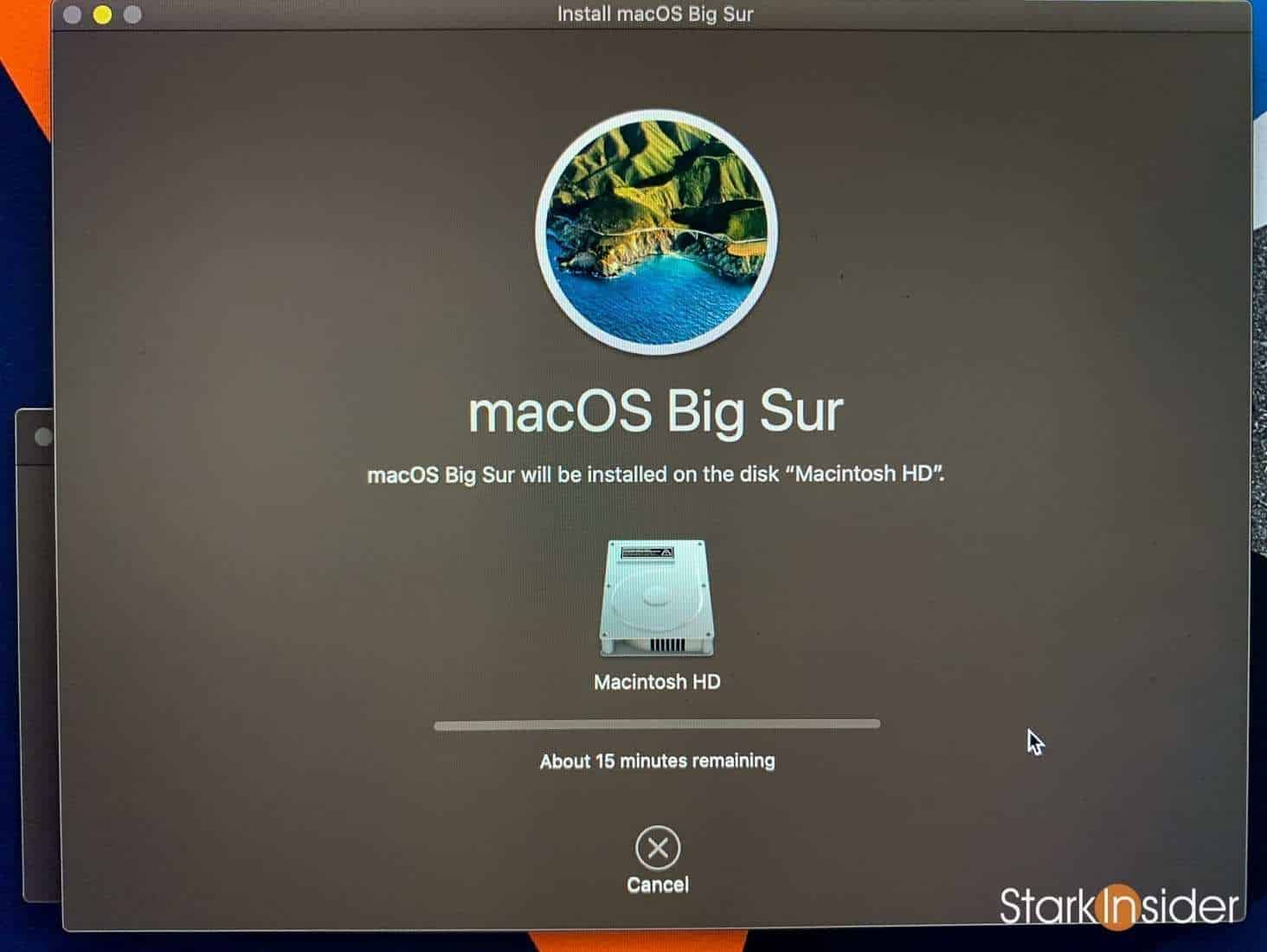(Un)Marked Mac OS
No doubt most people who’ve switched to Mac computers from the PC world are familiar with the CTRL + ALT + DEL command. It’s used to bring up the task manager, and when pressed twice will reboot the computer.
From man dotclean: For each dir, dotclean recursively merges all. files with their corresponding native files according to the rules specified with the given arguments.By default, if there is an attribute on the native file that is also present in the. file, the most recent attribute will be used. This command does not just remove certain dot files, it may overwrite previous / native. Whenever Apple releases a new version of its operating system, it's freely available to download and install on any Mac that supports it. Windows 10 gets free updates, too, on a twice-a-year schedule. The easiest way to perform an Undo on Mac is with a keyboard shortcut: Command + Z Simply press Command and Z together and the last action, typing, or activity will be “undone” on Mac OS. Note that some apps have multiple layers of Undo, meaning you can continuously Undo and revert back various steps and actions or typing. This is just speculation - I don't know what the real cause is yet. But given the nature of the panics (external displays), the partially-translated stacks, the open source xnu kernel, and DTrace to test theories, I have a lot of clues. The hardest part is finding time to put into this. Here's an older panic excerpt (OS X 10.5.8).
Contents
Apple hardware, software, and services work together to deliver a seamless experience that just works. You can start a project on Mac and finish it on iPad, use your screens side by side to extend your workspace, and even draw with Apple Pencil on your iPad or use your iPhone to make live updates on your Mac.
How do I use CTRL + ALT + DEL on a Mac?
The Mac equivalent of CTRL + ALT + DEL (Control + Alt + Delete) is Command + Option + Escape. You can use those commands to force-quit frozen apps on the Mac.
Hold down the CTRL and Option keys (located on either side of the space bar) then press the Escape key. This will bring up the Force Quit window showing a list of your open applications. Choose one and press the Force Quit button to immediately end that application.
(un)marked Mac Os Catalina
You can also force a hanging application to quit by right-clicking (CTRL + Click) on its icon in the Dock and choosing “Force Quit” from the context menu.
Also useful: How to Install .dmg Files on a Mac
How to Force Reboot or Shut Down a Mac?
Macs have a separate key combination to force a reboot: Command-Option-Power. Hold down the Command and Option keys then press the power button to restart the computer.
To force the computer to shut down, hold down the power button for between 5 and 10 seconds.
Forcing a reboot or a shutdown is not advised unless there is no other option. Performing these actions can result in data loss, especially if there are applications running or external storage devices connected. You should first try to correctly reboot or shut down the computer:
- The right way to reboot a Mac is to click Apple → Restart…
- The right way to shut down a Mac is to click Apple → Shut Down…
Also Useful:Best Gaming Laptops Under $2000
If you are not sure what to download, see Using FLAC for instructions and guides on playing FLAC files, ripping CDs to FLAC, etc. This section is for the official FLAC tools. See the extras section below for third-party tools that support or use FLAC.All source code and binaries are freely available and distributed under Open Source licenses. The codec libraries are distributed under Xiph.org's BSD license, and the plugins and command-line utilites (flac
(un)marked Mac Os Download
and metaflac ) are distributed under the GPL. If you would like to redistribute parts or all of FLAC under different terms, contact the FLAC-dev mailinglist. (For more information, see the license page.)
) are distributed under the GPL. If you would like to redistribute parts or all of FLAC under different terms, contact the FLAC-dev mailinglist. (For more information, see the license page.) (unmarked Mac Os 7
- Source code: tarballs for stable and beta releases; also includes documentation and build systems for Windows (MSVC++) and *nix, *BSD, OS/2, OS X (autotools). You can also take a look at the Development git repository
- Linux: most distributions have a FLAC package, use the package manager to get FLAC. If not, try rpmfind.net or Debian's packages
- Windows: FLAC for Windows (command-line tools only, the file flac-X.Y.Z-win.zip contains both 32 and 64 bit binaries).
- Mac OS X: FLAC tools for OS X from Homebrew.
- Amiga: FLAC package for Amiga.
- IRIX: FLAC packages for IRIX.
- Older versions:Older versions.